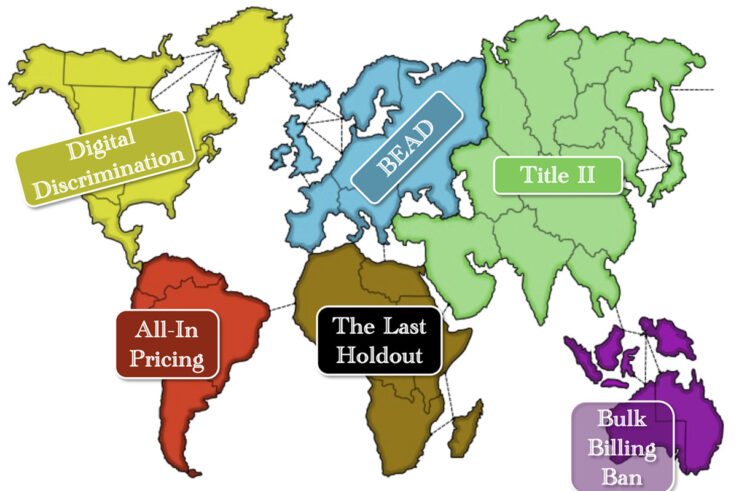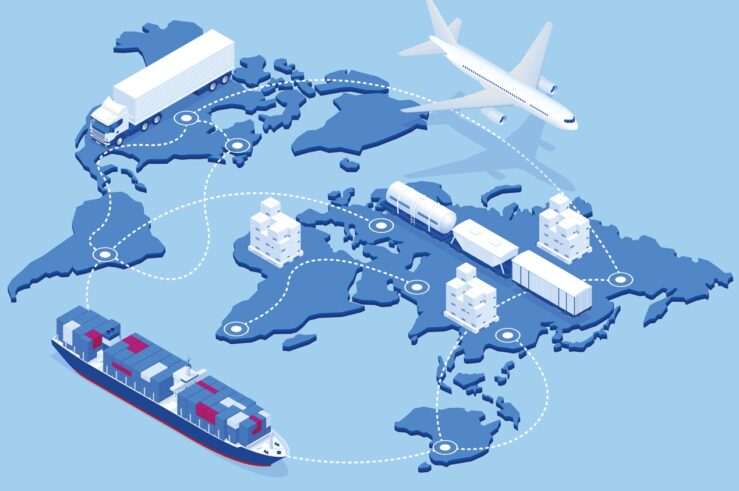
Though details remain scant (and thus, any final judgment would be premature), initial word on the new Trans-Atlantic Data Privacy Framework agreed to, in principle, by the White House and the European Commission suggests that it could be a workable successor to the Privacy Shield agreement that was invalidated by the Court of Justice of the European Union (CJEU) in 2020.
This new framework agreement marks the third attempt to create a lasting and stable legal regime to permit the transfer of EU citizens’ data to the United States. In the wake of the 2013 revelations by former National Security Agency contractor Edward Snowden about the extent of the United States’ surveillance of foreign nationals, the CJEU struck down (in its 2015 Schrems decision) the then-extant “safe harbor” agreement that had permitted transatlantic data flows.
In the 2020 Schrems II decision (both cases were brought by Austrian privacy activist Max Schrems), the CJEU similarly invalidated the Privacy Shield, which had served as the safe harbor’s successor agreement. In Schrems II, the court found that U.S. foreign surveillance laws were not strictly proportional to the intelligence community’s needs and that those laws also did not give EU citizens adequate judicial redress.
This new “Privacy Shield 2.0” agreement, announced during President Joe Biden’s recent trip to Brussels, is intended to address the issues raised in the Schrems II decision. In relevant part, the joint statement from the White House and European Commission asserts that the new framework will: “[s]trengthen the privacy and civil liberties safeguards governing U.S. signals intelligence activities; Establish a new redress mechanism with independent and binding authority; and Enhance its existing rigorous and layered oversight of signals intelligence activities.”
In short, the parties believe that the new framework will ensure that U.S. intelligence gathering is proportional and that there is an effective forum for EU citizens caught up in U.S. intelligence-gathering to vindicate their rights.
As I and my co-authors (my International Center for Law & Economics colleague Miko?aj Barczentewicz and Michael Mandel of the Progressive Policy Institute) detailed in an issue brief last fall, the stakes are huge. While the issue is often framed in terms of social-media use, transatlantic data transfers are implicated in an incredibly large swath of cross-border trade:
According to one estimate, transatlantic trade generates upward of $5.6 trillion in annual commercial sales, of which at least $333 billion is related to digitally enabled services. Some estimates suggest that moderate increases in data-localization requirements would result in a €116 billion reduction in exports from the EU.
The agreement will be implemented on this side of the Atlantic by a forthcoming executive order from the White House, at which point it will be up to EU courts to determine whether the agreement adequately restricts U.S. intelligence activities and protects EU citizens’ rights. For now, however, it appears at a minimum that the White House took the CJEU’s concerns seriously and made the right kind of concessions to reach agreement.
And now, once the framework is finalized, we just have to sit tight and wait for Mr. Schrems’ next case.




